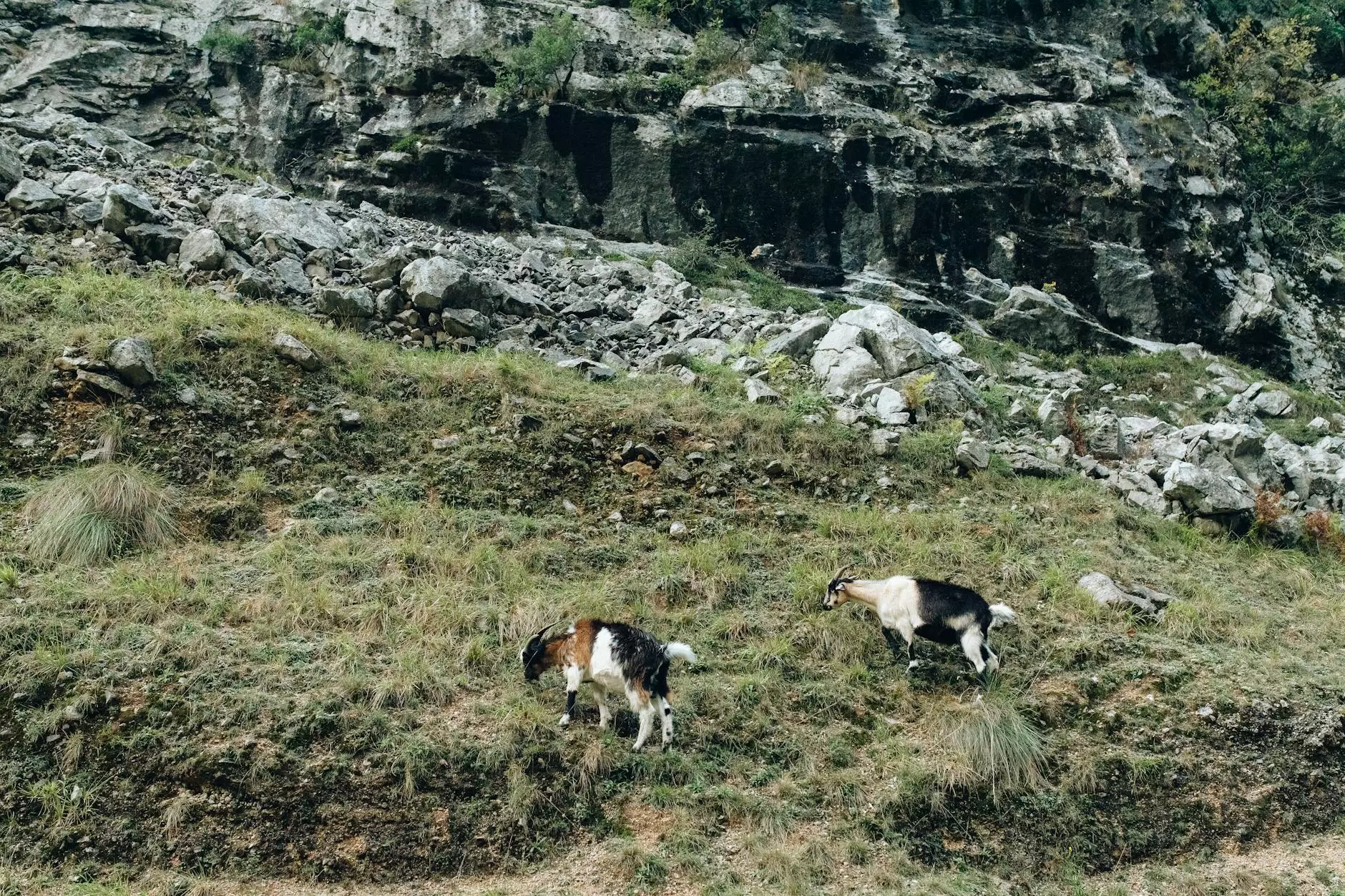The Five Big Game Animals in Africa

African wildlife is famous worldwide, drawing travelers from every corner of the globe to its stunning landscapes and incredible biodiversity. Among the most sought-after experiences are encounters with the five big game animals in Africa: the African elephant, the African lion, the African rhinoceros, the African buffalo, and the African leopard. These majestic creatures are not just symbols of the African savannahs but also embody the continent's rich ecological tapestry. In this article, we will take a closer look at each of these magnificent animals, their behaviors, and the best ways to witness them in their natural habitats.
1. The African Elephant
The African elephant (Loxodonta africana) is the largest land mammal on Earth and a true icon of the African wilderness. With its enormous ears and long trunk, the elephant is a gentle giant that plays a crucial role in its ecosystem. These animals are not only amazing to observe but also demonstrate complex social behaviors.
Habitat and Distribution
African elephants are primarily found in sub-Saharan Africa, inhabiting diverse ecosystems such as savannas, forests, and deserts. They prefer areas with abundant water sources, as they require a significant amount of water each day. Major populations can be found in countries like Botswana, Tanzania, and Kenya.
Social Structure and Behavior
Elephants are known for their strong social bonds and matriarchal herds which typically consist of related females and their offspring. The matriarch, usually the oldest female, leads the group and makes vital decisions about food, water, and migration routes. Elephants also exhibit extraordinary intelligence, empathy, and even mourning behavior, making them fascinating subjects for both researchers and tourists alike.
Why Observe African Elephants?
Seeing African elephants in the wild is a breathtaking experience. Travelers can witness their graceful movements, social interactions, and the nurturing behavior of mothers towards their young. Some recommended locations for elephant viewing include:
- Chobe National Park, Botswana
- Etosha National Park, Namibia
- Serengeti National Park, Tanzania
- Kruger National Park, South Africa
2. The African Lion
The African lion (Panthera leo) is often dubbed the "King of the Jungle," though these magnificent big cats primarily inhabit savannas and grasslands. Known for their regal presence and social structure, lions offer one of the most thrilling wildlife experiences across the African continent.
Social Structure
Lions are unique among big cats due to their social nature. They live in groups called prides, which typically consist of several females, their young, and a small number of males. This social dynamic allows them to work together when hunting and protecting their territory.
Hunting and Diet
Lions are apex predators, preying primarily on large ungulates such as zebras and wildebeests. Female lions are the main hunters, utilizing teamwork and strategy to chase down prey. This hunting behavior makes for incredible viewing opportunities for tourists on a safari.
Top Locations to See African Lions
To witness these stunning creatures in the wild, consider visiting:
- Serengeti National Park, Tanzania
- Masai Mara National Reserve, Kenya
- Ngorongoro Crater, Tanzania
- Kruger National Park, South Africa
3. The African Rhinoceros
The African rhinoceros is a critically endangered species that captivates viewers with its unique appearance and formidable presence. There are two species of rhinos found in Africa: the white rhinoceros (Ceratotherium simum) and the black rhinoceros (Diceros bicornis).
Differences Between the Two Species
The white rhino is larger and has a wide mouth adapted for grazing, while the black rhino is smaller with a pointed lip that allows it to browse on bushes and trees. Both species are important components of Africa’s ecological heritage, yet they face significant threats from poaching and habitat loss.
Conservation Efforts
Conservation initiatives are focused on protecting remaining populations and providing safe environments for rhinos to thrive. Visitors can support these efforts by choosing to engage in responsible tourism and visiting places known for their rhino conservation work:
- Hluhluwe-iMfolozi Park, South Africa
- Chobe National Park, Botswana
- Etosha National Park, Namibia
4. The African Buffalo
The African buffalo (Syncerus caffer) is a highly adaptable and social animal often found in herds ranging from a few to hundreds of individuals. They are known for their impressive strength and formidable horns, which make them less desirable prey for large predators.
Behavior and Social Structure
African buffaloes form tight-knit herds that provide protection against predators. Their herd dynamics are fascinating, as individual roles are often dictated by age and strength. Young bulls may leave the herd to join bachelor groups, while females remain in their maternal groups.
Where to View African Buffalo
Buffalo sightings are common in many African parks, particularly those with large grasslands. Good viewing spots include:
- Kruger National Park, South Africa
- Lake Manyara National Park, Tanzania
- Tarangire National Park, Tanzania
5. The African Leopard
The African leopard (Panthera pardus) is one of the most elusive big cats, known for its solitary lifestyle and remarkable adaptability. Their stunning spotted coats not only make them beautiful but also serve as excellent camouflage in the wild.
Habitat and Behavior
Leopards are found in a variety of habitats, from savannas to forests, and are known for their exceptional climbing abilities. They often hoist their prey into trees to protect it from scavengers and predators. This behavior reflects their intelligence and adaptability to different environments.
Best Locations to Spot African Leopards
Spotting a leopard can be a rewarding challenge for wildlife enthusiasts. Some recommended areas for leopard viewing include:
- Kruger National Park, South Africa
- South Luangwa National Park, Zambia
- Serengeti National Park, Tanzania
Planning Your African Safari
Embarking on a journey to witness the five big game animals in Africa is a thrilling experience that requires careful planning. Here are some tips to make your adventure memorable:
1. Choose the Right Time to Visit
Different seasons affect wildlife behavior and visibility. Generally, the dry season (around June to October) is the best time to see these animals, as they congregate around water sources.
2. Select a Reputable Tour Operator
Working with a licensed and reputable safari company can enhance your experience. They provide expert guides, safe transportation, and a wealth of knowledge about the region's ecology.
3. Respect Wildlife and Follow Guidelines
Always adhere to park rules and guidelines. This ensures both your safety and the well-being of the wildlife. Maintain a safe distance from animals and never feed them.
Conclusion
The excitement and beauty of encountering the five big game animals in Africa are unparalleled. From the awe-inspiring African elephant to the cunning African leopard, each animal contributes to the mosaic of life on this incredible continent. Whether you're an aficionado of wildlife or a first-time visitor, ensuring sustainable tourism practices will help preserve these magnificent creatures for generations to come. Prepare for an adventure of a lifetime, and immerse yourself in the stunning ecosystems that make Africa such a unique destination.
Visit ecologicaladventure.com to start planning your dream safari today!









